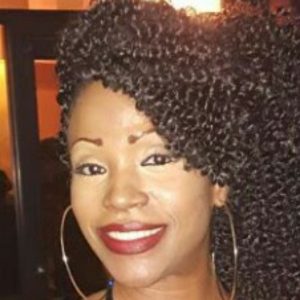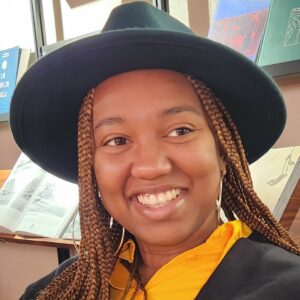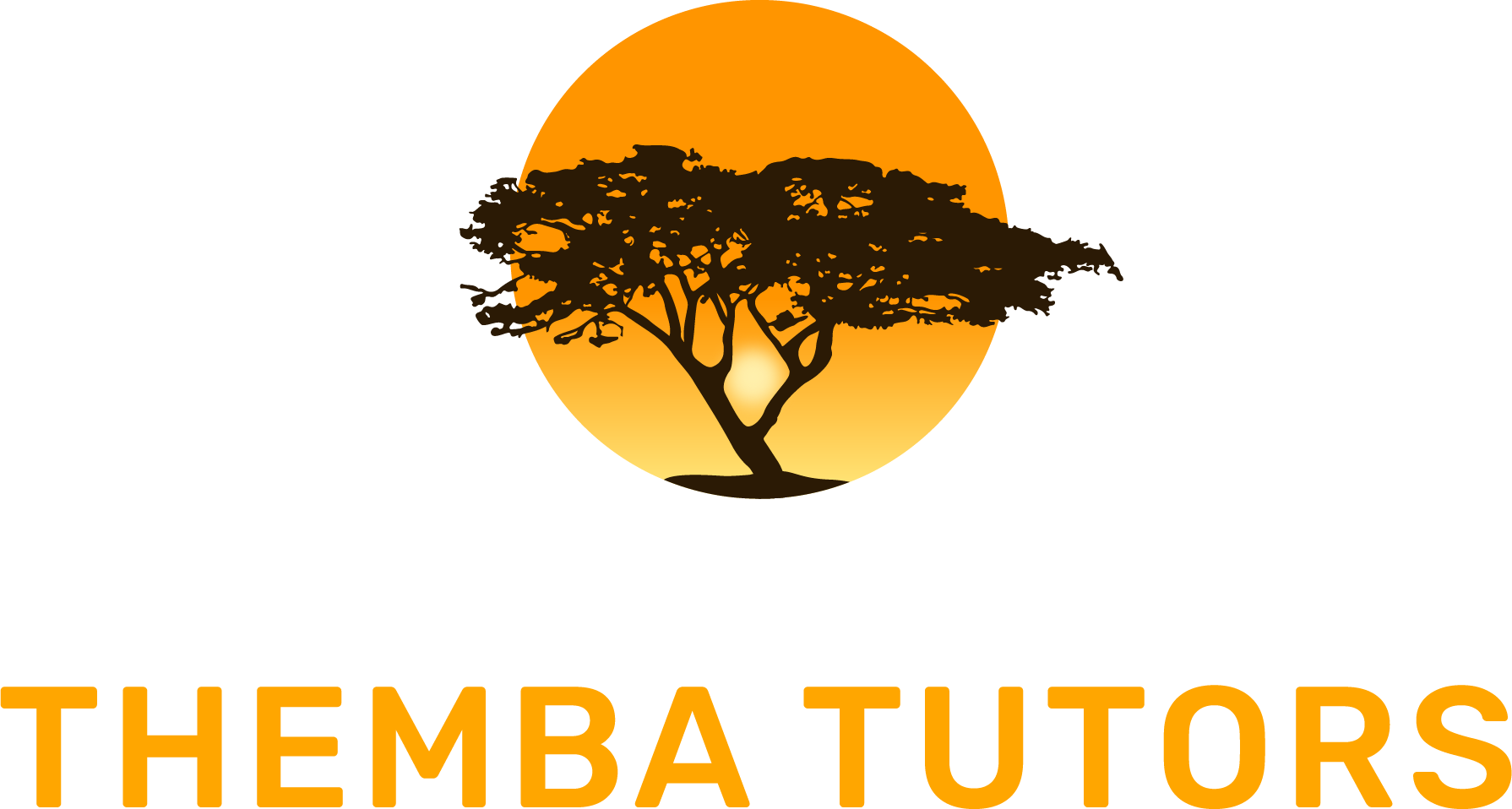Expert English Language Arts ELA Tutors in the NYC Metro Areas
Expert English Language Arts ELA Tutors in the NYC Metro Area | At-Home Sessions & Free Consultations. PRIVATE PAY TRAVELING TO:
New York City (NYC)
Manhattan
Brooklyn
Queens
Staten Island
Bronx
Long Island (including the Hamptons)
Westchester
Putnam County
Dutchess County
Orange County
New Jersey (NJ)
Connecticut (CT)
Middlesex and Norfolk Counties, MA


TESTIMONIALS


VICTORIA
Masters in English Language Arts

ASHLYN
M.A. in Middle School English

FOTINI
Master’s Degree in Secondary Education for English

LEE
Academic Intervention Specialist, BA Majored in English Literature and Minored in Public Policy and Law

KAYLA
M.S.E.D. in Teaching Urban Adolescents with Disabilities with a Bilingual Extension

MICHELLE P.
Master’s in Special Education, Second Master’s in Educational Leadership, Bachelor’s in Communications and Psychology

OMOLADE
Master of Science in Teaching

JACQUESE
Literacy Specialist

MELISSA S.
Ph.D. Candidate in School Psychology, Master’s in Special Education

BRIAN F.
M.S. in Education
**Guarantee: It’s critical that whoever receives our tutoring services connects with the specialist, the specialist has expertise in the area of need, and is available to travel to you. If you are not 100% satisfied with our services, such as ELA tutor near me, we are 100% committed to finding you the right professional.
Common Core English Language Arts (ELA) Standards
Can Students Get Help with English Language Arts and Expository Writing?
What Is ELA?
Our learning specialists and academic tutors provide 1:1 individualized tutoring in English language arts (ELA) and expository writing for students of all ages.
English language arts (ELA) are two of the core subjects being taught not only in US schools but also in learning institutions around the world. In particular, language arts is the common term used by schools and teachers to describe five key areas of teaching and learning language. These are:
- reading
- writing
- speaking
- listening
- viewing
While each of these are distinct areas of study, the English language arts curriculum takes the approach of intending each mode to support and enhance the others. From these areas, listening and speaking are considered primary modes. This is because most students have already acquired and developed these skills at home even before entering primary education. On the other hand, reading, writing, and viewing are not skills that children acquire naturally. These have to be taught explicitly and are one of the goals of education.
And because of the essential communication skills that they involve, English language arts play a crucial role in our lives and determine our success in school, at work, and our personal lives. The mastery of English language arts allows us to generate, analyze, and reflect on ideas, create and form opinions, and build personal and professional relationships.
Writing an Expository Essay
A student’s mastery of English language arts does more than determine his or her success in school. The key skills involved in language arts—reading, writing, speaking, listening, and viewing—can be applied to other academic subjects and beyond. English language arts skills are critical in real world situations and necessary in every aspect of life. These fundamental communication and language skills determine an individual’s success in his or her chosen career path and personal life.
As students move from one grade level to the next, the focus of the English language arts curriculum also changes. In elementary school, teachers put emphasis on basic and fundamental communication skills—reading, writing, and speaking.
By the time students reach middle school, they are expected to develop a more advanced understanding and grasp of English language arts skills. The ELA curriculum’s focus then shifts to a more complicated reading comprehension, grammar, and semantics. Students are exposed to slightly more complicated text that require a deeper level of comprehension and understanding. They also begin to expand their vocabulary and learn more advanced writing skills, such as poetry and creative writing.
For high schoolers, language arts classes are geared at teaching students analytical skills and improving their writing skills. These are done through essays, research papers, and book reports on novels and other forms of literature. Students are expected to dissect, interpret, compare and contrast, and expound on the text’s plot, characters, and underlying themes.

What Are the Benefits of ELA?
The skills honed by learning language arts are crucial not only for academic learning but also for one’s professional life later on. They help students adapt to different challenges and demands of the time, allowing them to communicate and collaborate more effectively and develop creativity and critical thinking.
Likewise, English language arts skills are al essential components in learning other subjects. Regardless of subject content, students are required to analyze, think critically, summarize complex ideas, interpret information, identify patterns, and communicate what they have learned. These are all skills introduced and strengthened when studying language arts.
Writing, for example, is a skill that remains incredibly valuable in all fields of work or study. Proficient, clear, and effective writing skills play a crucial role in one’s success in his or her academic, professional, and personal life. After all, innovative ideas cannot spark change and progress if they are not communicated clearly and accurately.
What Is Expository Writing?
Textual work that aims to explain, define, describe, or inform is called exposition or expository writing. The most common examples of expository writing include news and magazine articles, instruction manuals, and research or academic papers.
How to Present Facts in Expository Writing?
Exposition or expository writing, in simpler terms, is simply about presenting facts. It requires the writer to do away with bias, unsupported hearsay, and personal opinion. Needless to say, there writer’s own bias or opinion must not influence the facts and main idea that are being laid out for the readers. Instead, one is expected to gather and present data about a certain topic as clearly and concisely as possible.
A good expository writer should always remember not to assume that readers are familiar with the topic or that a certain piece of information is common knowledge. And because expository writing is about presenting facts, it is important that any data or claim is supported by evidence (such as statistics, studies, interviews, and references, to name a few).

What Are the Characteristics of Expository Writing?
When writing an exposition piece, it is a common tendency for some writers to veer away from the topic and go off tangent, often adding sentences or paragraphs that do not add value to the information being presented. Good expository writing is concise and keeps its readers focused on the main subject.
While it may be tempting to choose a broad topic because of the wealth of information you can use to support it, it can also be difficult to keep your work from becoming convoluted. Too much data and information can be difficult to follow and cause your readers to get lost and forget what you were writing about in the first place.
Hence, it’s important to narrow down your topic to effectively present pertinent information. Instead of choosing a broad subject, you can choose to focus on one of its key aspect or element. For example, writing about football requires you to not only explain what football is but also discuss its history, gameplay, rules, team components, and notable players or teams, among other things. To narrow this down, you may choose to write about the evolution and achievements of your school’s football instead.
Once you’ve narrowed down and chosen a topic, you must then make sure that you are able to support it with enough data and present them in an organized and logical manner. Needless to say, research is an essential element in expository writing. When looking for supporting elements for your work, you may use:
- anecdotes
- interviews or quotations
- statistics, charts, or graphs
- comparisons
- descriptions
What Is the Format for an Expository Essay?
Traditional expository writing assignments consist of five paragraphs. This can be divided into an introduction, three supporting paragraphs or subtopics that make up the body, and a conclusion. But regardless of the length of your essay, the introduction must always contain your main idea or thesis. Your supporting paragraphs must also be connected with transitions to ensure that your work flows effortlessly and avoid a disjointed tone.
@thatsavvyenglishteacher Expository Writing: process, cause/effect, compare/contrast, problem/solution, hypothesis#SAT #ACT #english #TikTokGGT #foryoupage #highschool
♬ Exposition - Bizoo
What Are the Methods for Writing an Expository Essay?
There are many formats or methods one can use to present a topic through expository writing. It is common for a piece of exposition to be written using one of these methods, but combining two or three of these techniques can also prove to be effective. These methods are:
- Compare and contrast
- Cause and effect
- Problem and solution
- Extended definition
Can Students Get Help with English Language Arts and Expository Writing?
Good writing takes time to develop, and English language arts tutors and expository writing tutors can help students practice this essential skill without the usual pressures of a traditional school day. In our language arts tutoring sessions, we engage in the Judith Hochman method elements. We start with sentence work and progress through to outlining and writing multi-paragraph outlines for essays. Our language arts tutors and expository writing tutors will provide students templates they can use for future writing assignments, in addition to developing and completing their own peer-edited essays. Students who complete writing tasks during sessions have a deeper understanding of the writing process.
At Themba Tutors, we are committed in providing students with the highest quality English language arts tutoring and expository writing tutoring. We believe that the right support and engagement are crucial in helping students reach their potential. Themba Tutors’ English language arts tutors and expository writing tutors do this by:
- Identifying and activating student strengths and overcoming weaknesses
- Improving and building on existing skills and knowledge
- Relating learning in students’ lives
- Providing tools that the student needs
- Making learning fun and stimulating
- Customizing our tutoring lessons to every grade and skill level
Tutoring, Coaching, Learning Specialists, Academic Tutors Services
We have expertise in:
Students of all ages receive one-on-one tutoring in all instructional materials, test preparation, and executive function coaching as required. At Themba Tutors, we take the time to help students/clients understand their strengths and progress in areas where they need to improve. We offer personalized tools for each of our clients to help them become more aware of their individual needs as they work towards short-term goals. Improving these skills will benefit our students’/clients’ long-term plans.
- Online Tutoring/Coaching
- English, and English Language and Arts (ELA)
- Literature
- Reading (Grades 1-12, and College)
- College Application Essay
- Writing (School-Age, College, and Adult)
- Song, Poetry, and Creative Writing
- Handwriting Tutors
- Math (Grades 1 to 12, College, Adult)
- Pre-Algebra, Algebra I, and Algebra II
- Geometry
- Trigonometry
- Pre-Calculus and Calculus
- Statistics
- Math Word Problems
- Exeter Math
- Biology (High School Biology, and AP Biology)
- Chemistry
- Physics
- Earth Science
- History and Social Studies
- Psychology
- Foreign Languages
- Test Prep (SAT, GRE, SHSAT, ISEE/SSAT, ELA, Regents, TASC, MAP Growth, LOTE Test, GED Test)
- Graduate School & Ph.D. Application Consulting
- Executive Functioning Skills (Grades 4 to 12, college, and adult)
- Adult Dyslexia Tutoring
- Adult ADHD/ADD Coaching
- Study Skills/Test Taking Tutoring
- International Baccalaureate IB Tutors
- Homeschooling
- Digital Literacy
- Computer Science
- Engineering Design
- Python and JavaScript Computer Programming (Coding) Tutoring
- Machine Learning
- Data Analytics, and Data Science
Frequently Asked Questions
What does ELA stand for?
What are some ELA skills?
Our ELA tutoring services are customized to fit your needs!
FREE CONSULTATION!!!
Call: (917) 382-8641, Text: (833) 565-2370
Email: [email protected]
(we respond to email right away!).
Samantha was great! Samantha was always punctual, nice, and clear with her message to my son in her sessions. It helped my son improve his writing skills, his schoolwork, and gain some confidence in writing.
After each session, she explained how he was doing and his progress, which I appreciated.

